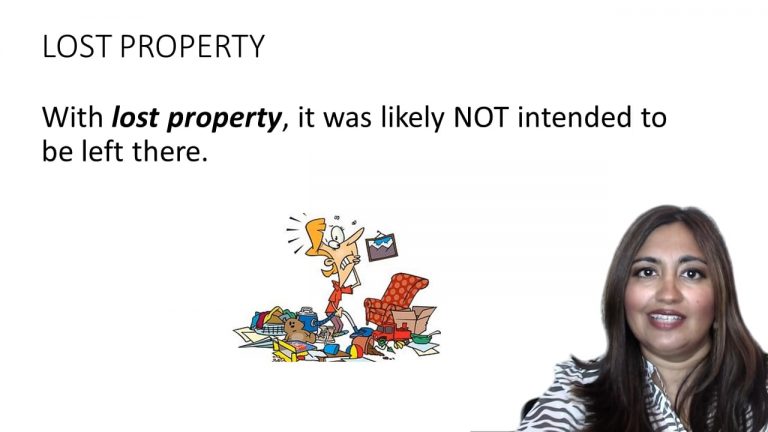SmartBrief
Confirm favorite deletion?
Property Keyed to Sprankling
McAvoy v. Medina
Citation:
11 Allen 548 (1866).
ProfessorTodd Berman
CaseCast™ – "What you need to know"
Facts
McAvoy (plaintiff) was a customer in Medina’s (defendant) barber shop when the plaintiff found a pocket book on a table. The plaintiff told the defendants what he had found and where he had found it. The defendant then took the pocket book and counted the money. The plaintiff told the defendant to hold the pocket book for the original owner, but if the owner did not come, to advertise it, which the defendant agreed to do. Subsequently, the plaintiff made three demands for the money in the pocket book, which the defendant did not admit to have until the final demand.
Only StudyBuddy Pro offers the complete Case Brief Anatomy*
Access the most important case brief elements for optimal case understanding.
*Case Brief Anatomy includes: Brief Prologue, Complete Case Brief, Brief Epilogue
- The Brief Prologue provides necessary case brief introductory information and includes:
Topic:
Identifies the topic of law and where this case fits within your course outline.Parties:
Identifies the cast of characters involved in the case.Procedural Posture & History:
Shares the case history with how lower courts have ruled on the matter.Case Key Terms, Acts, Doctrines, etc.:
A case specific Legal Term Dictionary.Case Doctrines, Acts, Statutes, Amendments and Treatises:
Identifies and Defines Legal Authority used in this case.
- The Case Brief is the complete case summarized and authored in the traditional Law School I.R.A.C. format. The Pro case brief includes:
Brief Facts:
A Synopsis of the Facts of the case.Rule of Law:
Identifies the Legal Principle the Court used in deciding the case.Facts:
What are the factual circumstances that gave rise to the civil or criminal case? What is the relationship of the Parties that are involved in the case.Issue(s):
Lists the Questions of Law that are raised by the Facts of the case.Holding:
Shares the Court's answer to the legal questions raised in the issue.Concurring / Dissenting Opinions:
Includes valuable concurring or dissenting opinions and their key points.Reasoning and Analysis:
Identifies the chain of argument(s) which led the judges to rule as they did.
- The Brief Prologue closes the case brief with important forward-looking discussion and includes:
Policy:
Identifies the Policy if any that has been established by the case.Court Direction:
Shares where the Court went from here for this case.
Topic Resources
Topic Outline

 8m 47s
8m 47s